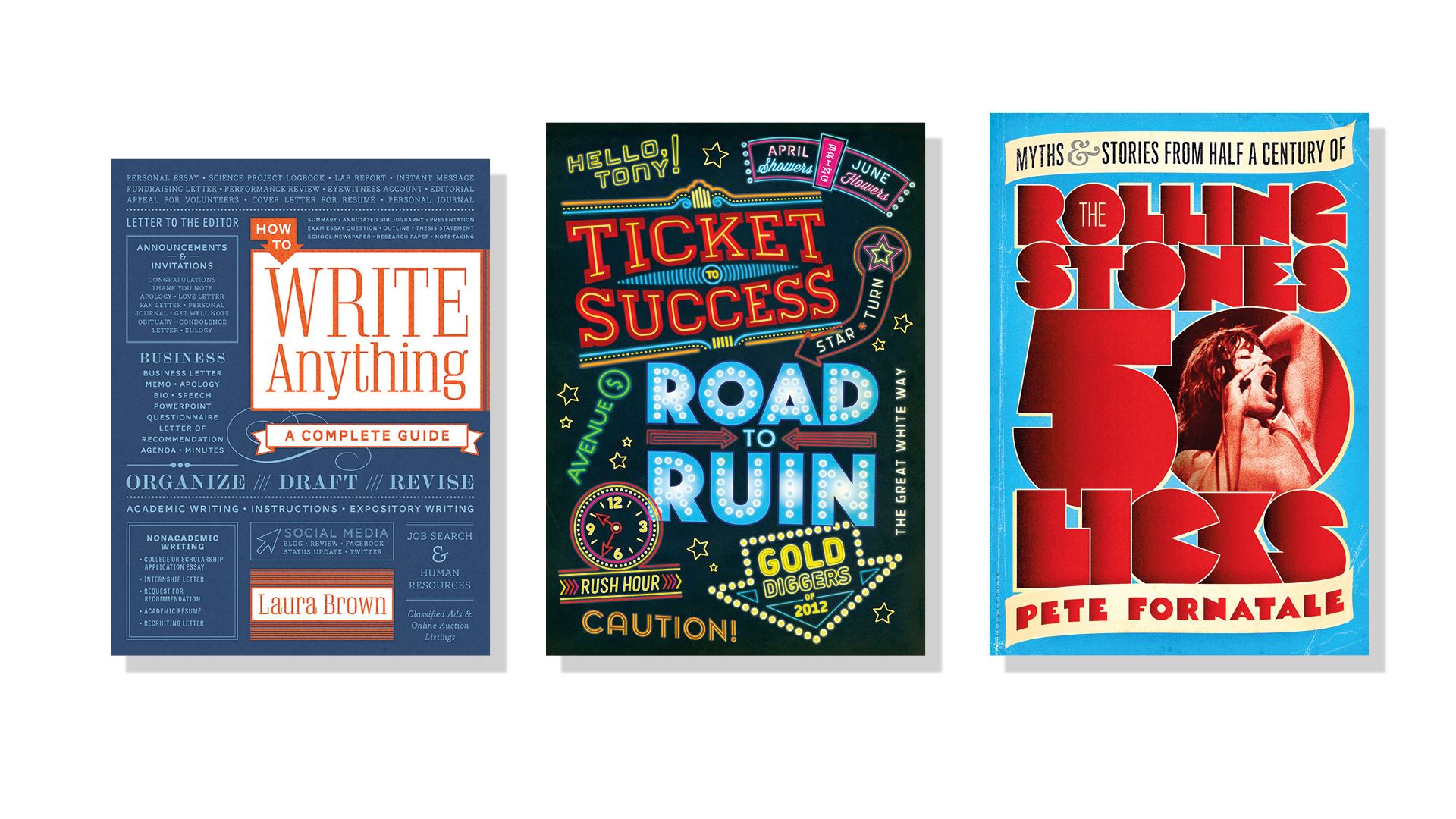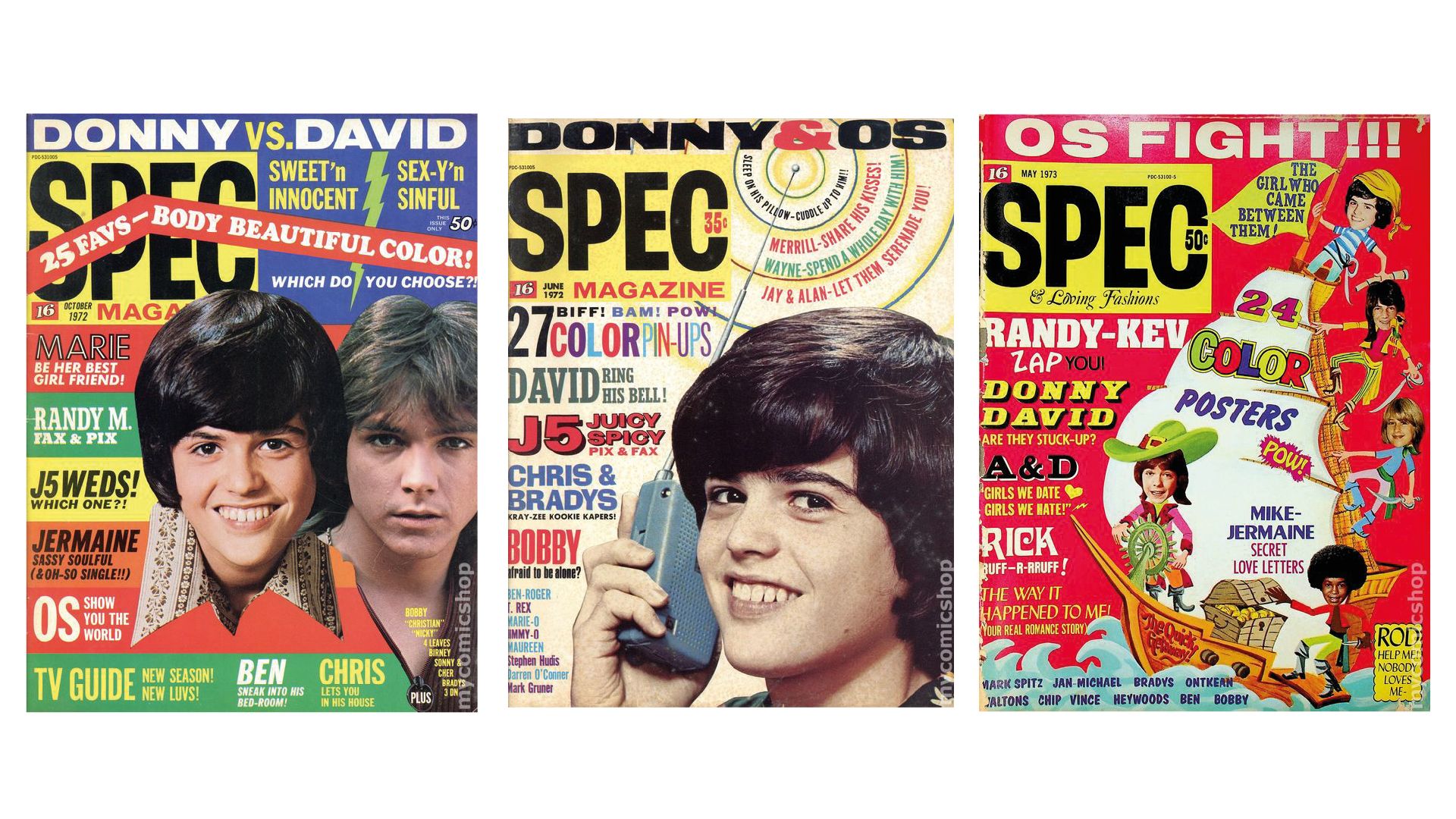
By Sebastien Hayez. Published March 15, 2024
Gail Anderson

Gail Anderson's name remains relatively discreet on the international graphic design scene. Graphic designer and teacher, her recent work with Steven Heller has made her a prolific author of books on typography.
Yet his work has received numerous awards from major international organizations (The Society of Publication Designers, the Type Directors Club, The American Institute of Graphic Arts, The Art Directors Club, Graphis, Communication Arts, Print), and is included in the permanent collections of the Cooper Hewitt Design Museum, the Library of Congress, and the Milton Glaser Design Archives at the School of Visual Arts.
The School of Visual Arts MFA teacher completes her free time with the Adobe Partners by Design program and the Society of Publication Designers. Finally, her career was recognized in 2008 with a Lifetime Achievement Medal from the AIGA, the 2009 Richard Gangel art direction award from the Society of Illustrators.

Your typographic crush when you were a student or young graphic designer(s), when you didn't know anything about typography? Why did these letters strike you?
I fell in love with the design of my favorite teen magazines, Spec and 16. The covers were filled with Letraset rub-down type, Chartpak rules, and all kinds of crazy colors. The headlines seemed to come to life, and the crudely made collages of my teen crushes were just so fantastic. I wondered how you got a job designing magazines, and started to investigate “commercial art” when I was in high school.

Your typographic work seems to be close in some ways to the work of Paula Scher and at any rate rooted in American vernacular typographic culture. Who would be the artist, graphic designer, or type designer you'd most like to talk to over a meal (living or dead, any nationality...)?
If my work even vaguely resembles Paula Scher’s, I consider that the ultimate compliment. Paula was my portfolio instructor at the School of Visual Arts, and she is probably the designer I admire and respect most. If I could share a meal with any designer, living or dead, I would like to break bread with Corita Kent. She was a former Catholic nun, an artist, and a social justice activist, and I’m just fascinated by her story. I will also add Raymond Loewy, Alvin Lustig, and Georg Olden to my guest list if there’s room at the table.

In your creative work, do you have any rules or dogmas that you apply every day and that you don't want to question (using a grid, no more than 3 different fonts in the same document, etc.)?
I have a phobia about mixing sans-serif typefaces that I have difficulty letting go of. I feel like I haven’t solved the problem if I’m combining sans from different families. On the rare occasion that I allow myself to give it a shot, I think I’m cheating. And now that you mention no more than three fonts in the same document, I’m on board with that, too! I can be a bit rigid about this stuff, even in my old age, and I should just let it go already!

Your typographic work for Rolling Stone magazine developed over the 14 years of your collaboration with Fred Woodward. These interview entry pages are among the strongest typographic productions of the 1990s. When you left in 2002, was the creative process really any different from when you started in 1987? The computer shook things up, but finding a strong idea remained the main goal.
The creative process was different in that things were more fluid and last minute. There was the ability to tweak on the fly, for better or worse, once we were fully digital. And I suspect we were doing fewer sketches on paper, roughing things out on our computers instead. But Fred always sketched on scraps of paper, and I would joke that you could blow up his sketches to full size and they’d closely resemble the finals. They were that tight. We certainly learned to work more efficiently, but honing in on good ideas never really changed—and neither did the crazy deadlines.

Your taste for typography has never extended to type design. Have you ever thought of designing fonts on your own or working with a type foundry?
I would love to design a typeface, and I can’t believe I still haven’t carved out time to see if I’m capable of creating one. It’s on my bucket list, so we’ll see if I ever muster up the courage.


Teaching is an important part of your career. How can you pass on the fundamentals of design while developing the personalities who will make up the graphic design of the coming decades?
My job is to help tee up the next generation of designers for success. As a department chair, I have to ensure I’m surrounded by colleagues who are immersed in new technology and on top of industry trends. I also want to encourage our students to be not just good designers, but also good people. There’s no shortage of great designers, and being a solid citizen helps move you to the front of the line. Of course, talent is an essential part of the package, but the good egg part counts for a lot, too.

What advice would you have liked to have received when you were a student from a designer like yourself?
I probably rolled my eyes at any advice I received as a student, assuming I knew better (just like everyone else in their 20s). Surprisingly, my advice is to remember to have fun. Vacations and even small chunks of downtime are essential. You need to recharge your creative batteries now and then; time off is key. Seeing the world is mind-blowing. Learning about other cultures is life-changing, and I didn’t realize this until middle age. I was too busy working to stop and smell the roses, which was a mistake.

What do you see as the role of the graphic designer in the coming decades, at the dawn of an Artificial Intelligence revolution?
The last time I saw Milton Glaser, just before his final illness (and the pandemic), he talked a bit about the future and had all these ideas about design and education. Milton was 90+ and was still thinking big picture. But then he tempered it with, “Well, I’ll be dead soon, so…” which made me flinch, but I appreciated his frankness. Whenever I think about AI and all that stuff, I joke, “Well, I’ll be dead soon, so…” I don’t know how to wrap my head around what our industry will become! But it’s kind of exciting. I realize it’s all “just another tool,” like the Mac initially was.
Isn't writing books specializing in typography a form of relay or trace of your teaching activity?
Working on books with Steve Heller over the years has been an extension of my education. I’ve learned so much about designers from around the world, fascinating and nice people who are happy to share their work in our publications. Books are far from lucrative, as you can imagine, but the payoff has been incredible for me. Looking at work keeps me curious and excited about the future of design and typography.

Is there any book project you are working on for the next months or years?
I’ve been chipping away at a few writing projects, including a book about Black designers (with Michele Washington), and another about postage stamp design (with Brian E. Smith). And because that’s not enough, Joe Newton and I are designing a book for Letterform Archive in San Francisco about the delightfully endearing Amos P. Kennedy, Jr. —a really interesting activist printer and designer in Detroit. It’s hard to fit in projects around the edges, but it’s important to me to remain actively writing and designing. And occasionally sleeping.


